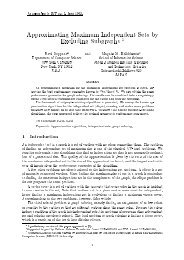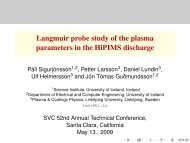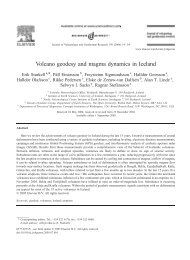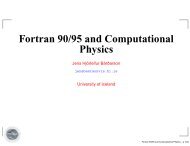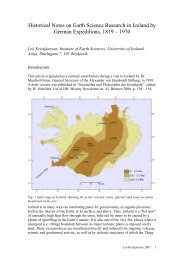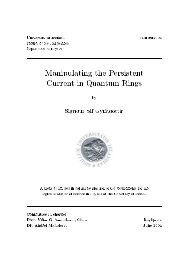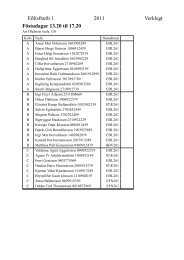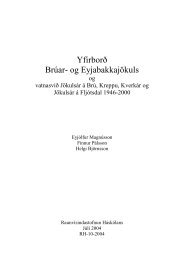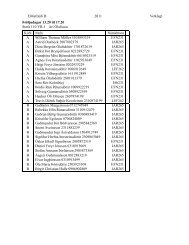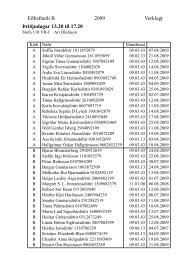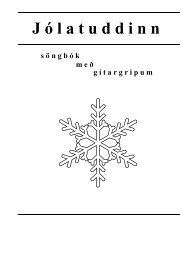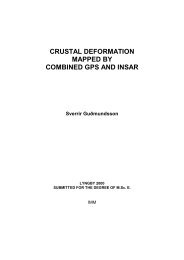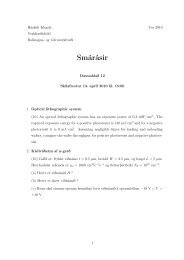Grassmann Variables, Supersymmetry and Supersymmetric ...
Grassmann Variables, Supersymmetry and Supersymmetric ...
Grassmann Variables, Supersymmetry and Supersymmetric ...
Create successful ePaper yourself
Turn your PDF publications into a flip-book with our unique Google optimized e-Paper software.
Fermionic Path Integral<br />
SUSY<br />
References<br />
The end<br />
Basic idea of <strong>Supersymmetry</strong><br />
<strong>Supersymmetry</strong><br />
<strong>Supersymmetric</strong> harmonic oscillator<br />
The generators Q <strong>and</strong> Q † must satisfy an algebra of<br />
anticommutation <strong>and</strong> commutation relations with the schematic<br />
form:<br />
{Q, Q † } = Pµ, {Q, Q} = {Q † , Q † } = 0, [Pµ, Q] = [Pµ, Q † ] = 0,<br />
where Pµ is the four-momentum generator of spacetime<br />
translations.<br />
The single-particle states of a supersymmetric theory fall into<br />
irreducible representations of the supersymmetry algebra, called<br />
supermultiplets.<br />
Each supermultiplet contains both fermion <strong>and</strong> boson states,<br />
which are commonly known as superpartners of each other.<br />
By definition, if |Ω > <strong>and</strong> |Ω ′ > are members of the same supermultiplet,<br />
then |Ω ′ > is proportional to some combination of Q <strong>and</strong> Q † operators acting<br />
on |Ω >, up to a spacetime translation or rotation.<br />
Anna Pachol GV,SUSY ans SHO



